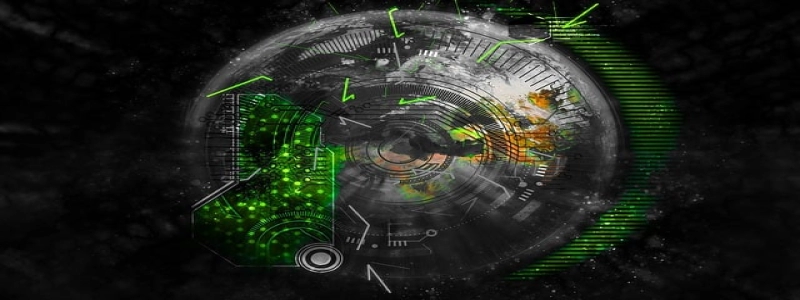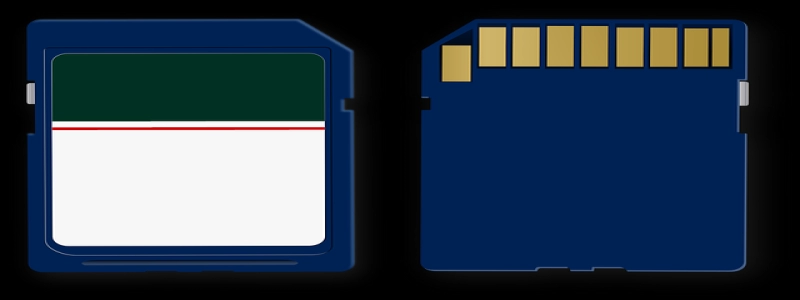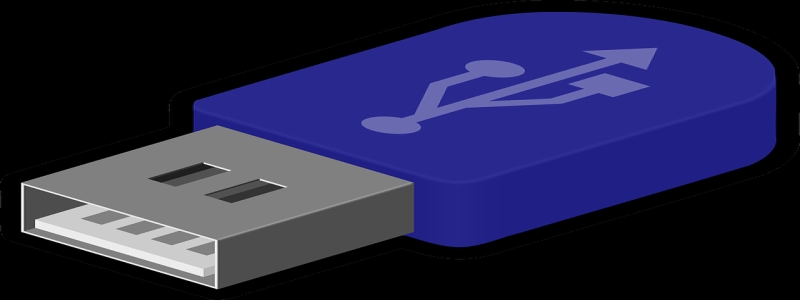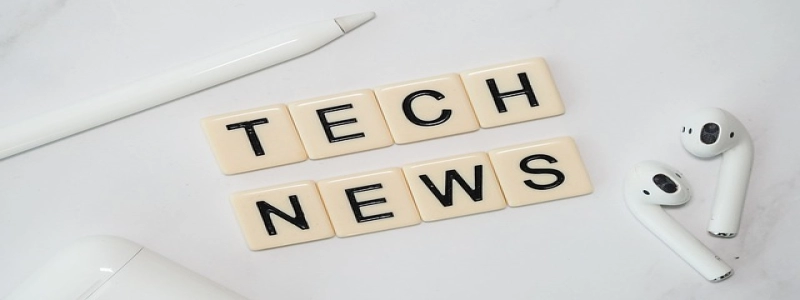Ethernet Wiring Standards
介紹
Ethernet is a widely used networking technology that allows computers and devices to communicate with each other. In order for Ethernet to work effectively, the cables used for connection must adhere to specific wiring standards. These standards ensure that data can be transmitted and received accurately and efficiently. This article will discuss the various levels of Ethernet wiring standards and provide a detailed explanation of each level.
Level 1: 類別 3 (Cat 3)
Cat 3 is the lowest level of Ethernet wiring standard and is typically used for older installations. It consists of four twisted pairs of wires, with each pair carrying a specific signal. 然而, Cat 3 has relatively low bandwidth capabilities, limiting its use for transmitting large amounts of data. It is commonly used for voice and basic data applications.
Level 2: Category 5e (Cat 5e)
Cat 5e is an enhanced version of Cat 5 and is now the most commonly used Ethernet wiring standard. It also consists of four twisted pairs of wires, but it provides better performance and higher bandwidth. Cat 5e can support data transmission speeds of up to 1000 Mbps and is suitable for most residential and small business networking needs.
Level 3: 類別 6 (Cat 6)
Cat 6 is designed to support higher data transfer rates and reduced signal interference. It is commonly used in larger commercial and industrial installations. Cat 6 cables have stricter specifications for crosstalk and system noise, resulting in improved performance and reliability. They can support data transmission speeds up to 10,000 Mbps, making them ideal for applications that require high-speed data transfer, such as streaming multimedia content or running bandwidth-intensive applications.
Level 4: Category 6a (Cat 6a)
Cat 6a is an enhanced version of Cat 6 and provides even higher performance and bandwidth. It offers improved crosstalk and system noise reduction, allowing for faster and more reliable data transmission. Cat 6a cables are typically shielded to further minimize electromagnetic interference. They can support data transmission speeds up to 10,000 Mbps over longer distances, making them suitable for large-scale networking projects or environments with high levels of signal interference.
Level 5: 類別 7 (Cat 7)
Cat 7 is the highest level of Ethernet wiring standard currently available. It offers the highest performance and bandwidth capabilities, making it ideal for professional and data center applications. Cat 7 cables are extensively shielded to provide maximum protection against electromagnetic interference and signal loss. They can support data transmission speeds up to 10,000 Mbps and offer exceptional signal quality and reliability. Cat 7 is commonly used in industries where uninterrupted high-speed data transfer is critical, such as finance and telecommunications.
結論
Ethernet wiring standards play a crucial role in ensuring reliable and efficient data transmission. Understanding the different levels of wiring standards, from Cat 3 to Cat 7, allows network installers to choose the appropriate cables for their specific requirements. Whether it is for basic voice and data applications or high-speed data transfer in demanding environments, adhering to Ethernet wiring standards is essential for maintaining network performance and connectivity.







